Glaciologists fight climate change in India and Peru
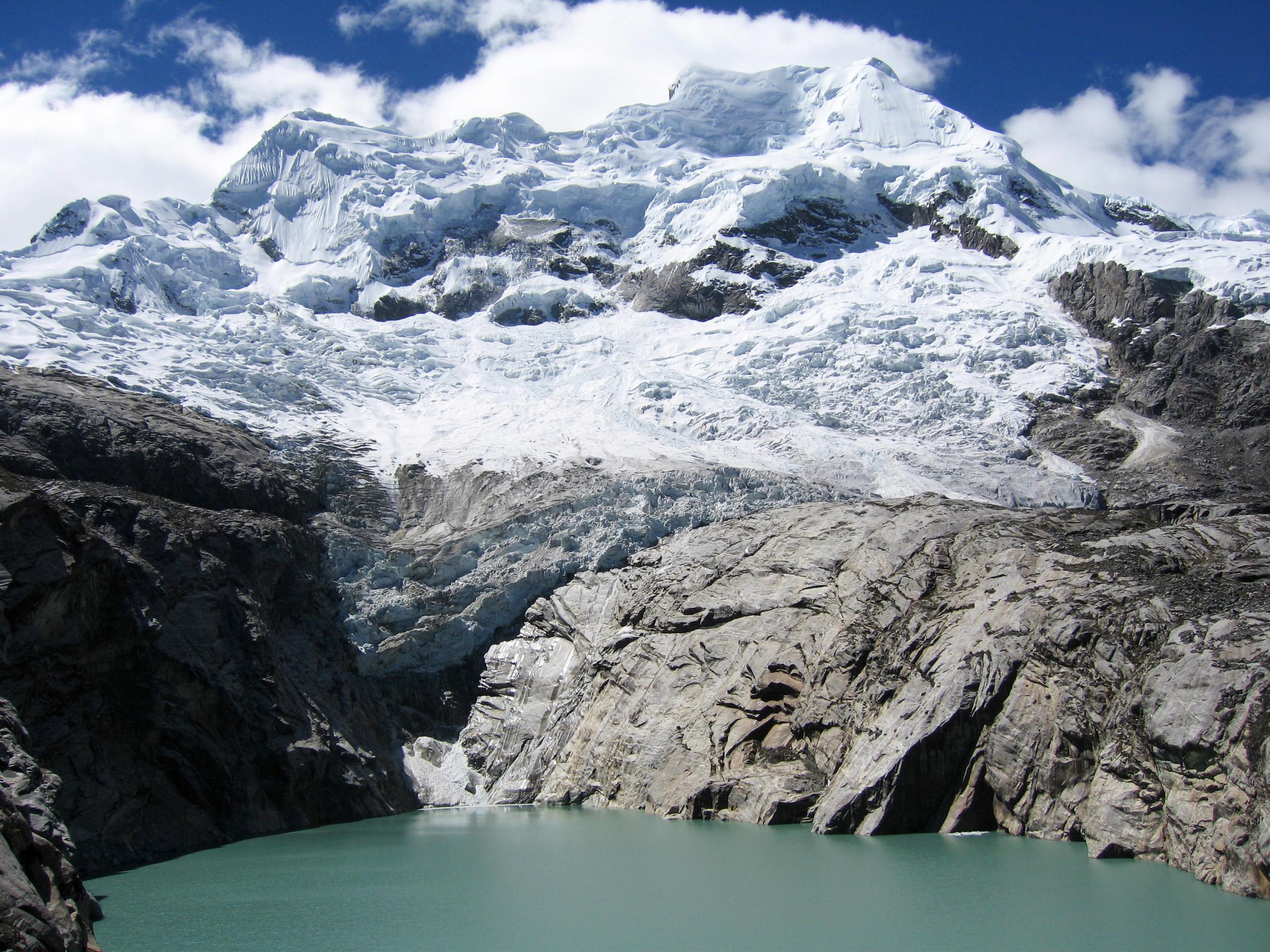
Melting glaciers may have dramatic consequences, especially for people living in the valleys of the Andes and the Himalayas. To help analyse future changes and risks, India and Peru have launched applied glaciology courses, supported by Switzerland.
“The aim of our work is not just to measure glaciers and observe their evolution,” explains Nadine SalzmannExternal link, an expert in climate change and cryospheres who works at Zurich and Fribourg universities.
“First and foremost it’s about passing on knowledge to help reduce possible damage to millions of people who depend on glacier water reserves and to draw up survival strategies when faced with climate change that is a daily reality.”
Three times a year the 39-year-old researcher travels to India and Peru to train local experts.
Salzmann is jointly responsible for the Swiss consortium of scientific institutions that exports Swiss expertise to these two countries. Both have large glacier regions but lack knowledge about how their water reserves are being transformed by global warming. There is also the question of what impact climate change could have on society in the medium- to long-term.
“Obviously we also learn a lot from this collaboration,” she said.
Peru, home to 71% of the world’s tropical glaciers, a key indicator of climate change, and India, with the Himalaya chain in the north providing water for 500 million people, are keen to build up expertise.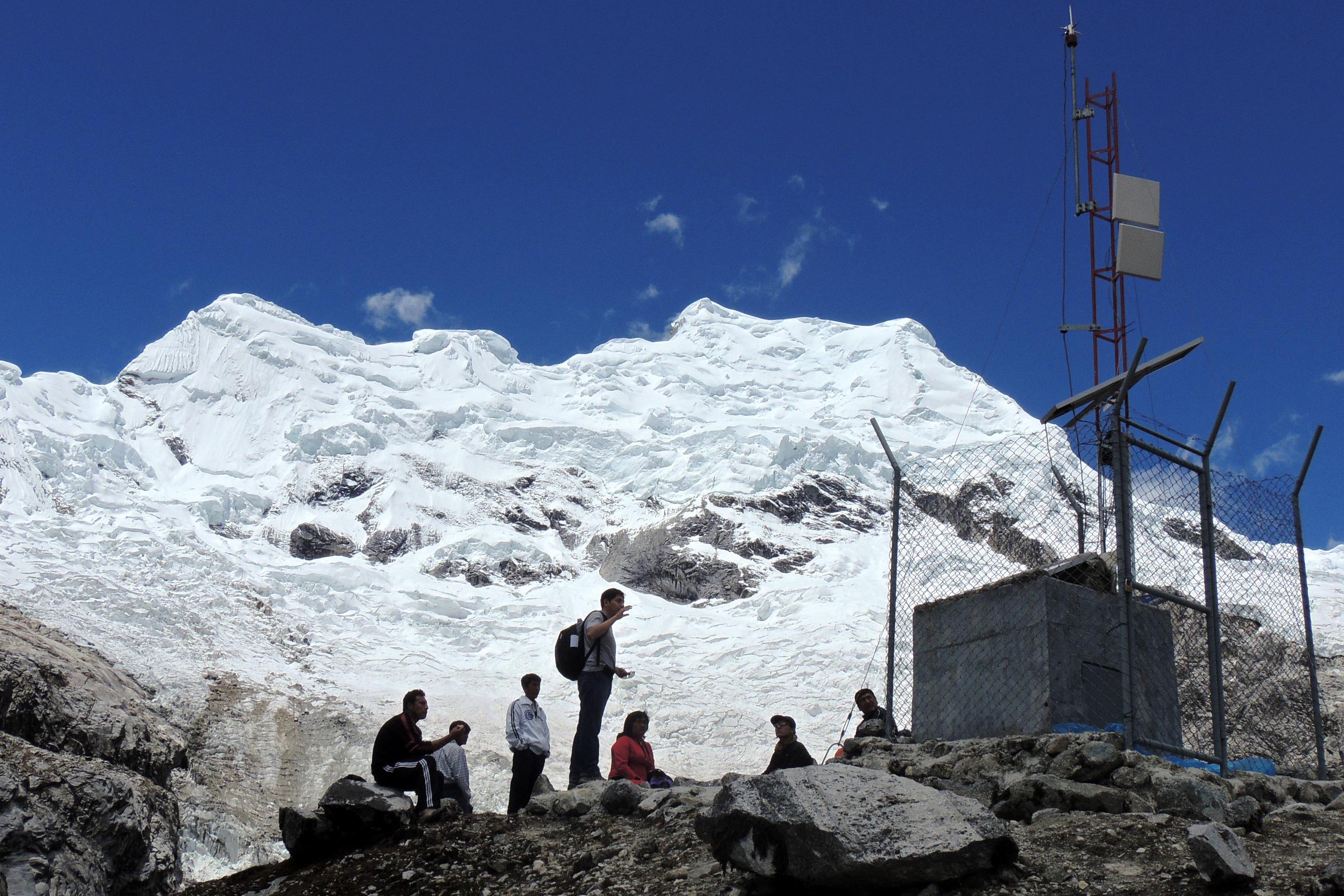
More
Protective science
Scientific mistake
A well-publicised error in the 2007 Intergovernmental Panel on Climate Change (IPCC) External linkreport claiming that Himalayan glaciers could disappear as early as 2035, has had far-reaching consequences.
“That’s what pushed India to take things in hand and request help from Switzerland,” said Salzmann.
“After the IPCC report came out India started to invest heavily in glaciology research but it lacks qualified experts. Many young researchers are not trained properly to carry out field missions. We need to resolve this issue,” explained Anil KulkarniExternal link, a professor in geology at the Indian Institute of Science in Bangalore. External link
Lima conference
The Lima Climate Change ConferenceExternal link is taking place from December 1-12, 2014. It is seen as an important stage ahead of a conference in Paris in December 2015, where states will approve a global accord to reduce carbon emissions from 2020. The Swiss delegation aims to ensure that ‘considerable’ progress is made in preparation for the 2015 accord. “For Switzerland this accord must be binding for all states, according to their responsibilities and capacities. The specific needs of less-developed nations must also be taken into consideration.”
In spring 2015 the Swiss government is due to present its future carbon reduction targets for 2030 and beyond. The climate alliance, which brings together various environmental organisations, is calling for a 60% reduction compared with 1990 levels.
The university has published a study showing a 13% reduction in the surface of the Himalayan glaciers over the past 40 years.
Their Indo-Swiss Capacity Building ProgrammeExternal link on Himalayan Glaciology, which began in 2013, was jointly conceived by the Swiss Agency for Development and Cooperation (SDC) and the Climate Change Programme of the Indian government’s Department of Science and TechnologyExternal link.
“In view of the leading role of Swiss glaciologists in terms of monitoring and modelling of the Himalayas, we hope this scientific collaboration will help improve our understanding of the influence of climate change on the subcontinent’s water security,” said Kulkarni, who is coordinating the glacier monitoring training project with Markus StoffelExternal link, a geography professor from the University of Geneva.
Swiss expertise
Salzmann believes India has huge potential: “They are incredible at mathematics and physics but they want to apply this knowledge in the field through an integrated way of thinking. We have considerable experience in this area that we can offer. Our team is not just made up of glaciologists. We are an interdisciplinary group of ethnologists, sociologists, hydrologists and other experts.”
Switzerland is also helping develop global measuring networks to monitor climate change and the behaviour of glaciers.
Switzerland’s international reputation for glaciology dates back years. It drew up the first scientific calculation model in 1893 and coordinated the first systematic global measuring networks. Zurich is the headquarters of the World Glacier Monitoring Service,External link which operates in 30 countries. Switzerland is also home to the longest studyExternal link measuring the accumulation and melting of ice on the Claridenfirn mountain in canton Glarus, which this year marks its 100-year anniversary.
Glacial lakes
In the Andes on the other side of the world glaciers have lost 42% of their surface area in the past 40 years. Many experts expect up to 30% more ice to melt away in the coming decades.
Since 2011 Switzerland has been helping build up local knowledge to evaluate this accelerating phenomenon. It’s a region where climate change is already changing the lives of farmers in the high plateau region.
“In the Cusco region where we are now, people constantly live above 4,000 metres altitude. To survive they depend on rainfall and use water from glacial lakes during the dry seasons. This is why we need to understand the speed at which they are melting and how they will actually disappear. This will help us a lot to find solutions to social problems that will arise in Peru in the future. We are on alert thanks to Switzerland’s collaboration,” said Nilton Montoya, a professor of agronomy at Cusco’s National University of Saint Anthony the Abbot. External link
The professor is helping organise a postgraduate course in glaciology, climate change and disaster risk reduction in mountainous regions, introduced by the SDC and three Peruvian universities.
“Switzerland sowed the seeds that are now germinating. Swiss scientists helped us a great deal in the areas where we were weak. They taught us to apply what was learned in the field and to proceed scientifically, carrying out studies and networking with other researchers,” said Montoya.
For the first time they have carried out measurements in the Cordillera del Vilcanota mountain range.
“We started in 2010 and today Peruvian specialists have taken over. We hope that their work is long-lasting and contributes to introducing a research culture into the official universities,” said Salzmann.
Peruvian early warning
The early-warning system in the laguna known as lake 513 on the Cordillera Blanca mountain range is just one example among the huge range of Swiss-Peruvian climate change projects.
In April 2010 a huge ice block broke from a glacier on the Hualcán mountain and crashed into the lake near Carhuaz, 200 miles north of the capital Lima. The incident triggered a 28-metre tsunami, sending muddy torrents through nearby towns killing one person and wrecking 50 homes. After this disaster special monitoring work became essential.
“Thanks to a system of sensors, rain gauges and video cameras the local community receives information in real time,” explained Salzmann. “If there is a danger, we’ve set up an evacuation plan mapping out the safety zones, as well as a coordination system between the various actors.”
Switzerland has developed considerable technical know-how to implement these kinds of systems in the Alps and is now passing on the knowledge to Peru.
“In this way we show that you can provide specific answers to daily risks caused by climate change. They also have a multiplying effect,” said Jean-Gabriel Duss, SDC’s director for Peru.
Swiss climate change cooperation
The Swiss Agency for Development and Cooperation (SDC) created its Global Programme on Climate Change in 2009 to lessen the impact of global warming and to contribute towards reducing poverty. Projects are focused in the Andes, India and China (which also has an early-warning system). They mainly focus on areas where Switzerland has an expertise, such as glaciology, water management, risk prevention and energy-saving strategies.
(Translated from Spanish by Simon Bradley)

In compliance with the JTI standards
More: SWI swissinfo.ch certified by the Journalism Trust Initiative


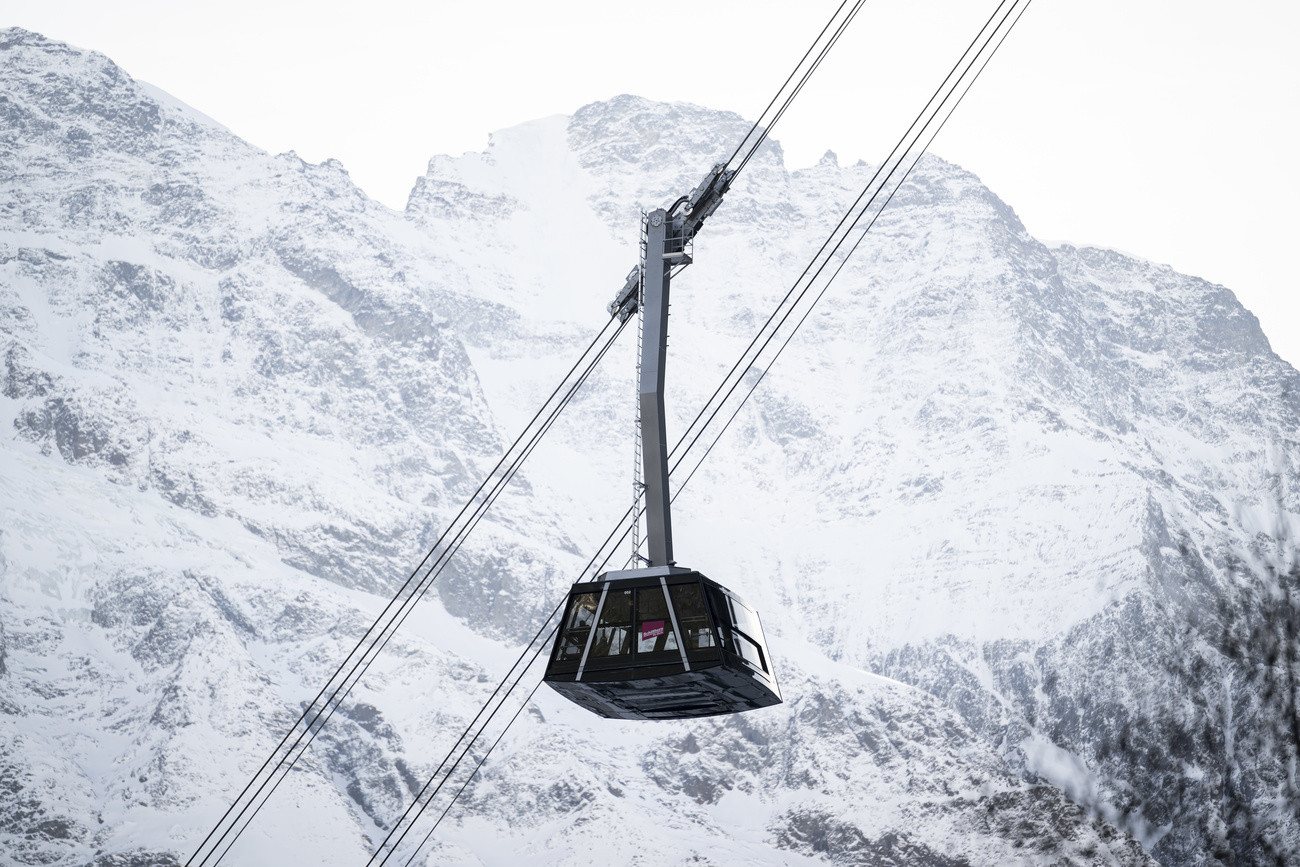
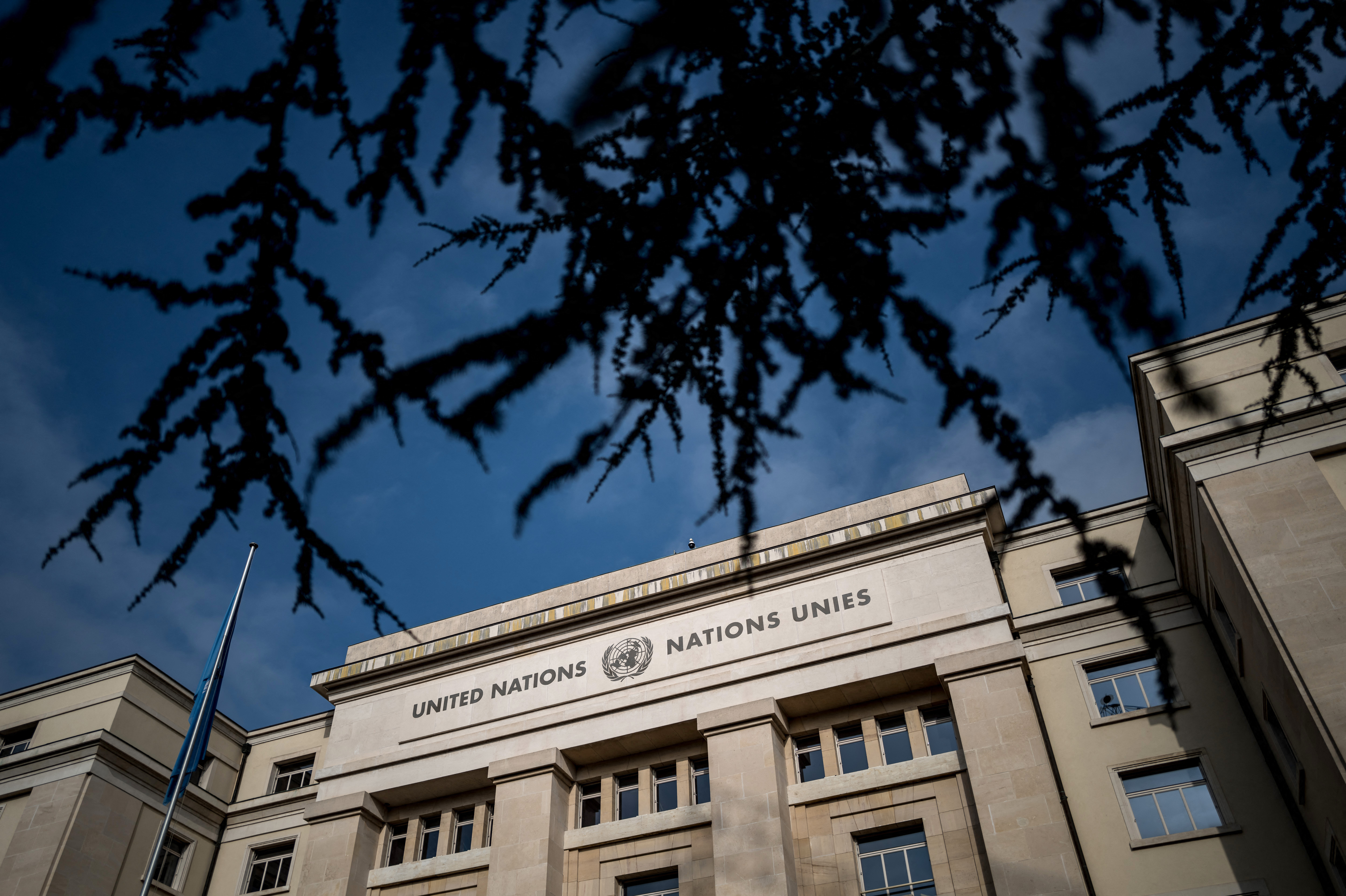







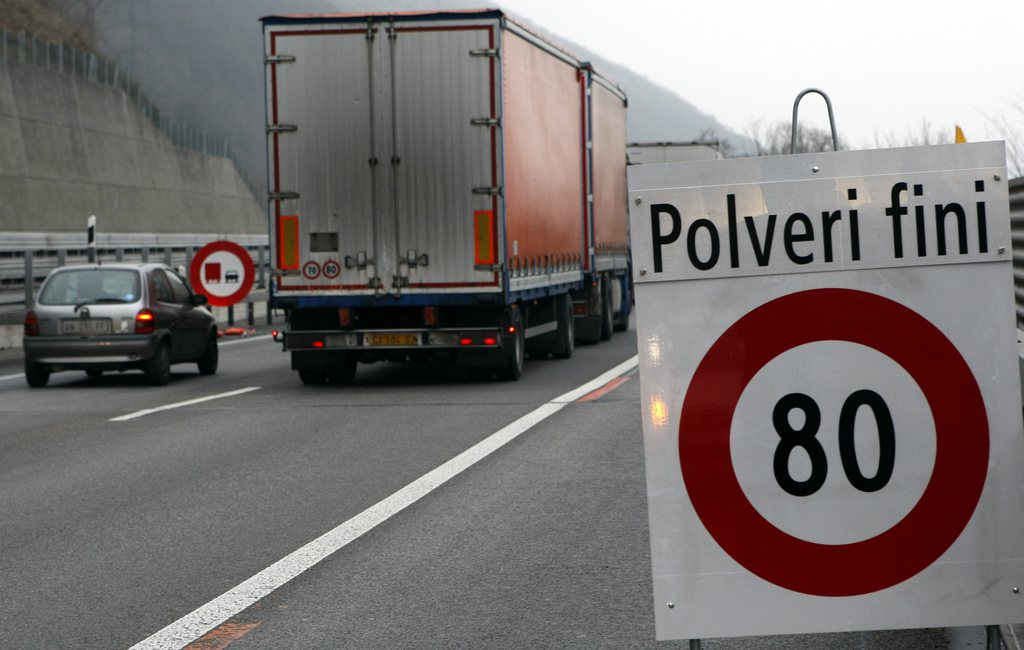
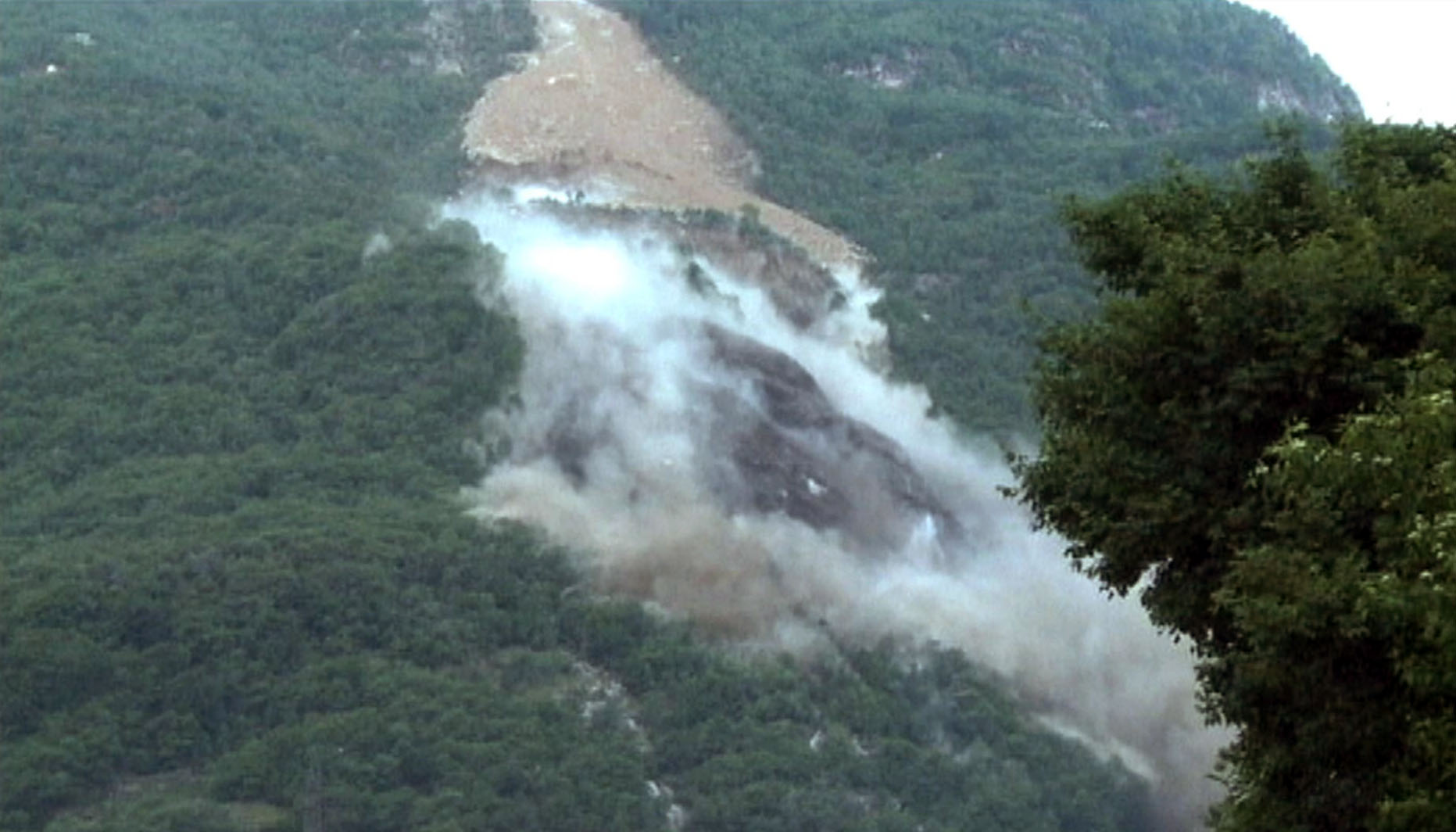
You can find an overview of ongoing debates with our journalists here . Please join us!
If you want to start a conversation about a topic raised in this article or want to report factual errors, email us at english@swissinfo.ch.